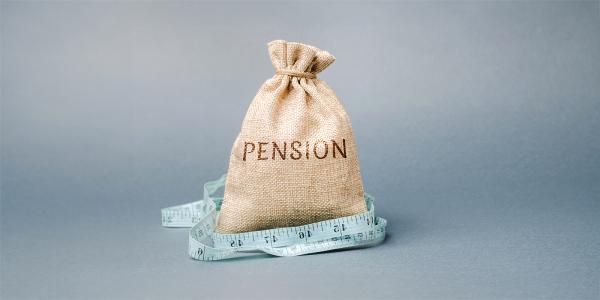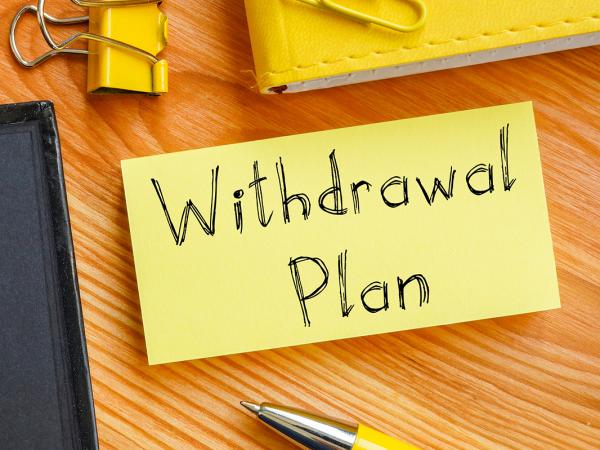Pension contributions tax relief: limits
There are certain upper limits to the tax relief that can apply when you make pension contributions. You can usually get tax relief on contributions up to the higher of your UK relevant earnings or £3,600. However, there are further limits that operate in addition this. Here we look at these upper limits and how tax relief is clawed back if you breach them.

Content on this page:
Overview
In addition to the pension contribution limits related to your UK relevant earnings, as mentioned on our page Tax relief on pension contributions, there are further upper limits that apply, called the annual allowance and the money purchase annual allowance. Most people choose not to contribute above these limits.
The annual allowance should not impact on you if you are on a low income and only have modest pension savings. However, the money purchase annual allowance is much lower, so it is something that people on low incomes might need to watch out for.
Annual allowance
There is an annual allowance of up to £60,000 (2024/25). Although you can claim tax relief on contributions up to the value of your UK relevant earnings, the amount of tax relief you can keep is limited by the annual allowance.
For people with high incomes, the annual allowance can be lower than £60,000. We do not cover this on our website – you can find out more on GOV.UK.
If the increase in the value of your pension rights or your pension contributions in a tax year (including employer contributions) exceeds the annual allowance, there is a tax charge on the excess. The rate of the annual allowance tax charge is at your marginal rate of tax and so depends on the level of your taxable income.
This meant that to get full tax relief, the amount paid into all your pensions by you or on your behalf (including contributions made by your employer) cannot exceed £60,000. In some cases, you might be able to carry forward unused annual allowance from the previous three tax years, subject to certain conditions. We do not go into detail of the upper annual allowance limits here as they only tend to affect those on higher incomes.
There is more information on the annual allowance on GOV.UK.
Money purchase annual allowance
If you flexibly access money in a defined contribution or money purchase pension, the annual allowance drops to £10,000. This is known as the money purchase annual allowance (MPAA). Again, this figure includes contributions made by your employer.
The idea of the MPAA is to stop people who have already accessed taxable amounts of their pension savings recycling that money back into a pension scheme. This is because the reinvestment can generate additional tax relief and build up a fresh entitlement to tax free cash and pension benefits.
When the money purchase annual allowance applies
As long as you are under the age of 75, and meet the other basic conditions, you can still contribute to a pension after flexibly taking taxable amounts of pension savings. However, tax relief is limited to contributions of £10,000 a year gross.
Note, however, that the money purchase annual allowance does not apply in some situations, including:
- you have only taken out a ‘pension commencement lump sum’ (otherwise sometimes known as your 25% tax-free cash), or
- where you have used the trivial or small pots pensions rules to fully cash in money purchase pension savings, or
- where you have used your pension to purchase an annuity that is either fixed or increases. Note, however, that if your pension is used to purchase an investment-linked or flexible annuity, where your income could go down, then the MPAA will apply.
More information about when the annual allowance does not apply can be found in HMRC’s Pensions Tax Manual on GOV.UK.
Requirement to notify
A further important point to note is that flexibly accessing money purchase pensions from one pot means you may have to notify any other pension providers you have savings with that you have triggered the money purchase annual allowance.
When you flexibly access pensions for the first time, the pension scheme administrator must provide you with a statement which should:
- confirm the date when you first flexibly accessed your pension,
- explain that the MPAA will apply in respect of relevant future pension contributions, and
- explain that you must notify other pension providers that you have triggered the money purchase annual allowance.
The third point means that you must notify, within 91 days of receipt of the statement, any other pension schemes of which you are an ‘accruing member’ that you have triggered the MPAA. This means that all other pension schemes of which you are an active or contributing member must be notified – not just money purchase schemes. The simplest way of doing this is to pass on a copy of the statement itself.
You must also notify any new pension plan providers that you have triggered the MPAA. If, for example, you get a new job and are automatically enrolled into the employer’s pension scheme, you would need to notify the scheme that you are liable to the MPAA – even if the total contributions by you and your employer are not likely to exceed the £10,000 contribution limit.
Technically, HMRC could charge you a penalty for failing to notify other pension providers that you have triggered the MPAA. We are not aware of HMRC applying this in practice, but the amounts are significant – an initial penalty of £300, together with daily penalties of up to £60 per day for continued failure.
So, remember to:
- notify any existing pension providers as soon as you can; and
- notify any new pension providers – particularly if you get a new job and are automatically enrolled as above.
Further information about the reduced MPAA can be found on GOV.UK. Information on the notification requirements can be found in HMRC’s manual.
Lifetime allowance
The lifetime allowance (LTA) imposed a tax charge where the overall value of a person’s pension savings exceeded £1,073,100. Given our low-income taxpayer focus, we do not cover it in detail. The government’s MoneyHelper website explains more about the lifetime allowance and how it is changing from 6 April 2023 onwards.



